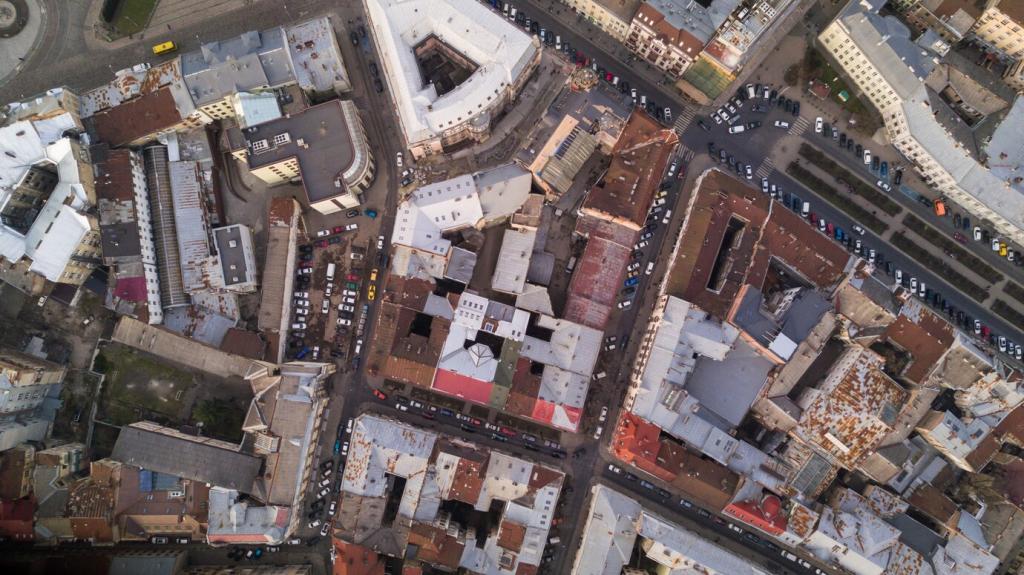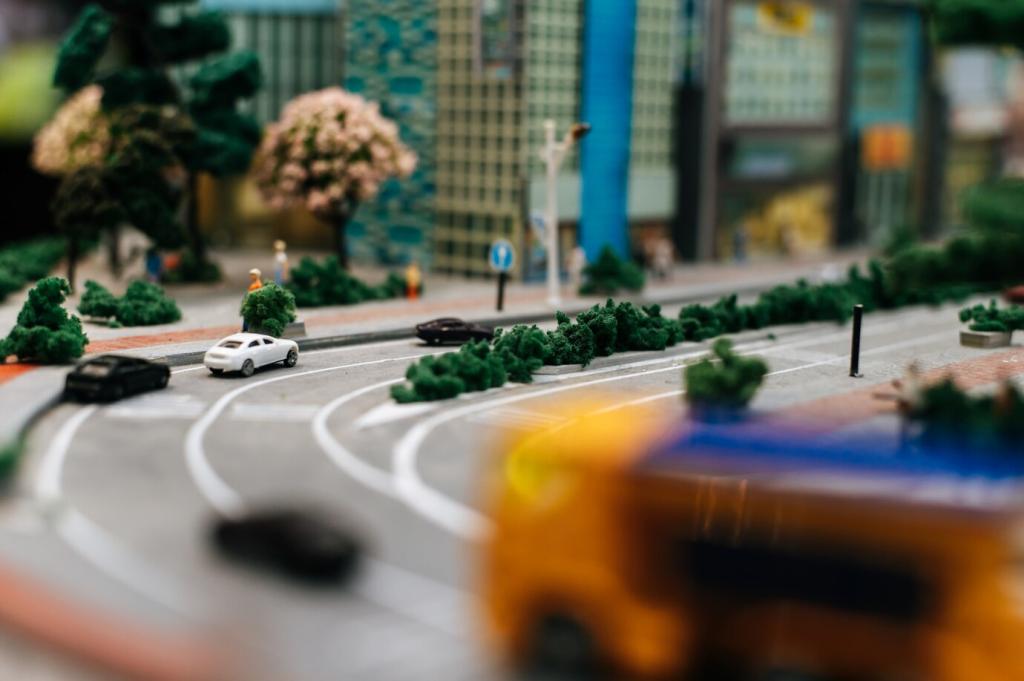Data-Driven Planning and Tree Equity
Map canopy cover and prioritize neighborhoods with low shade and high vulnerability. Pair metrics with on-the-ground listening to align numbers with lived experience. Which streets feel bare to you? Pin them in our community map for next season’s shortlist.
Data-Driven Planning and Tree Equity
Leverage GIS layers, field audits, and urban forestry apps to select sites and track survival. Even simple spreadsheets help. Subscribe to receive our open-source templates and a walkthrough on building a lightweight, shareable planting dashboard.
Data-Driven Planning and Tree Equity
Set survival targets, revisit sites after storms, and publish progress so neighbors see results. Transparent reporting builds trust and unlocks partnerships. Comment with metrics you care about—cooling, shade hours, or pollinator counts—and we’ll incorporate them.
Data-Driven Planning and Tree Equity
Lorem ipsum dolor sit amet, consectetur adipiscing elit. Ut elit tellus, luctus nec ullamcorper mattis, pulvinar dapibus leo.





